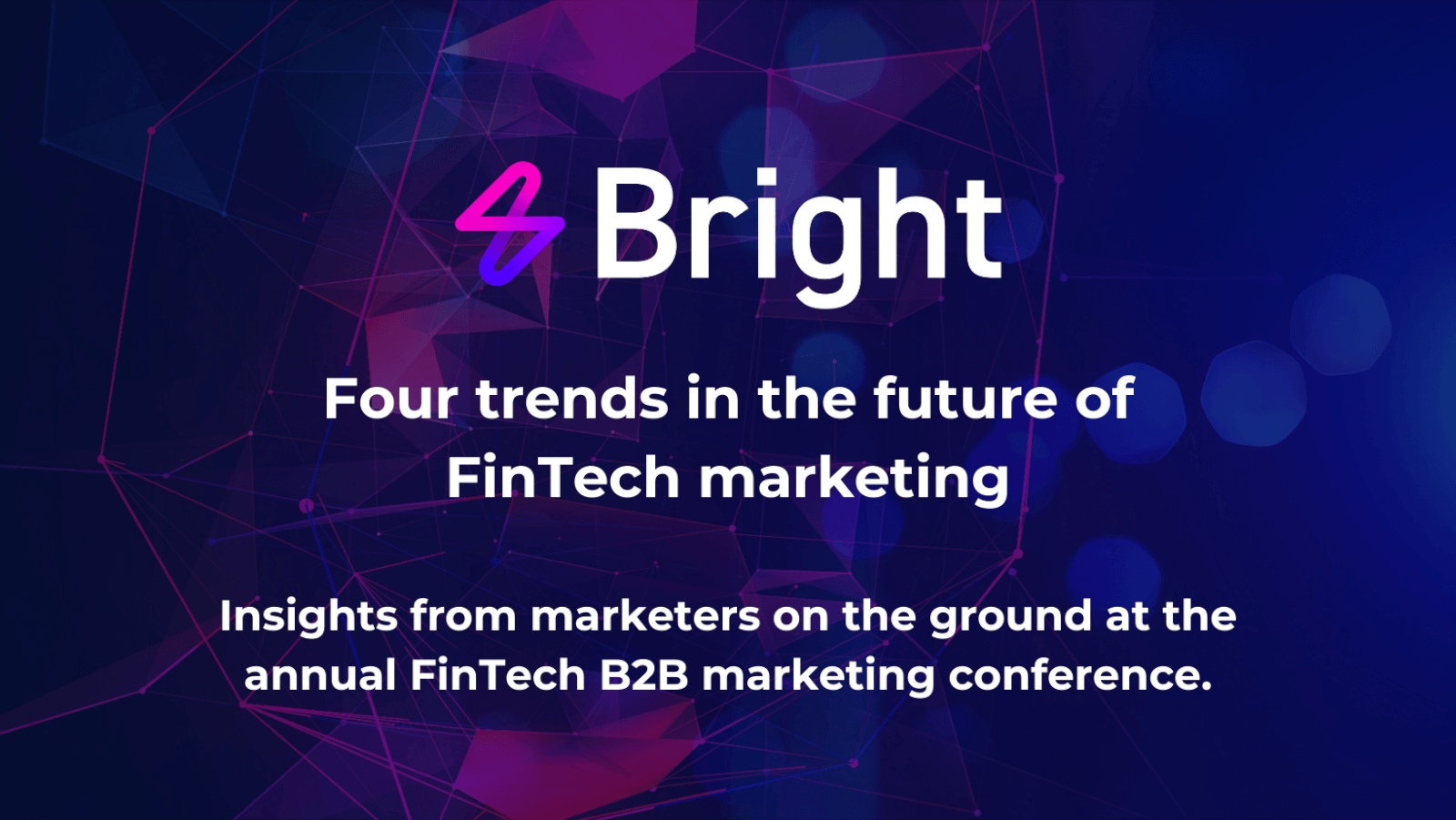We explore the fusion of agile and performance marketing for B2B marketers.
What is performance marketing?
You’ve probably heard the term performance marketing used a lot recently, and you may be wondering is this a methodology? A collection of channels? Or just another buzzword that’s being used in the industry? Simply put, performance marketing is an umbrella term for online marketing and advertising programs where you pay when a specific action occurs, these typically include generating a lead, sale, click or a download.
Performance marketing directly relates to sponsored advertising, social media advertising and search engine marketing. Depending on which platform you’re using, you will pay for an action, for instance, a cost per impression (CPM), cost per click (CPC) and cost per lead (CPL).
Although performance marketing is defined as such when an action is complete, setting up a performance-driven campaign will vary depending on which platforms you use, and what actions you want your audience to make.
What are the benefits of performance marketing?
There are many benefits to performance marketing in comparison to traditional marketing. Due to the nature of performance marketing, regardless of the channel you’re operating from, it’s easy to track performance, which means that if there is any indication that the campaign isn’t performing as expected, this can be identified early on and optimised in line with the data, ultimately resulting in a low risk, high impact activity.
Another benefit of performance marketing is ROI, depending on your overall objective and only paying for a specific interaction, this means budget isn’t utilised on vanity metrics or performance indicators that isn’t related to your overall objective.
What are the fundamentals of performance marketing and how do you measure it?
Now we’ve unravelled what performance marketing is and the benefits, let’s dive into the fundamentals of performance marketing and where to start when you’re looking to launch activity and how to measure it.
Firstly, setting marketing objectives is key, without clearly defining this at the start of your campaign it can be difficult to optimise and measure. Setting your objective is a crucial first step, are you looking to increase brand awareness? If so impressions and engagement across social channels may be your overall goal, you should then look at what this means in terms of tangible key performance indicators (KPIs), what is your total audience size and what is the number of impressions you’re looking to achieve? Or perhaps this is a click through rate (CTR) above 13%.
Once you’ve set your goal, you need to establish the content you’re planning to leverage. Refer back at your personas and identify what their pain points are and how your product/service can help alleviate their current challenges. Your persona should also include information on how they typically consume information, ensure that your content is aligned to your findings.
Now you’ve established the right-fit content, it’s now time to prepare your campaign and set up activity ready for launch, this will vary depending on the platform you use. Once you’ve set up, aligned and launched your campaign, it’s now time to monitor and optimise, whether you’re embarking on a brand new activity or launching a campaign on a platform that has typically worked for you before, don’t put all your eggs in one basket, this is where performance marketing and agile marketing meet.
The collision of agile and performance marketing
Performance marketing is an umbrella term, agile marketing is a methodology that allows marketers to respond faster and adapt at pace. Using agile marketing practices within your performance campaigns can ensure that you continually drive results.
Once your performance campaigns have been set up, it’s key to revisit, realign and review throughout. Not every marketing tool or social channel will drive results for your overarching goal, it may be that your audience isn’t as present on the platform, or the content you’ve leveraged may not be as impactful on your audience as you had hoped.
Running your performance marketing campaign in sprints will allow you to test new channels, audience groups, visuals, and messaging in a constructive way. Through sprints you can plan review and optimisation sessions, splitting your campaign into shorter periods of time, to reveal results quickly, as opposed to a more rigid traditional marketing methodology. Review your overall goal and drill this down into each sprint, what engagement level do we expect to see within a 3-week period of a particular channel, or perhaps it’s a click-through rate (CTR) above 7% initially to continue running activity for the next sprint.
The agile marketing methodology will ultimately enable you to be dynamic in your performance marketing approach, uncovering patterns and insights quickly to learn and adapt fast.
Don’t be bewildered by buzzwords
Don’t get lost in the language – performance marketing is simply a method of ensuring each action taken on each channel is utilised effectively and is measurable through metrics. Don’t be bewildered by buzzwords, Bright can help decode the detail and shine a light on the latest marketing trends.
At Bright, we pride ourselves on being B2B marketing experts that drive results through marketing agility. We embed an iterative and data-driven approach, leading the charge to better results and the ability to adapt and change at pace.






